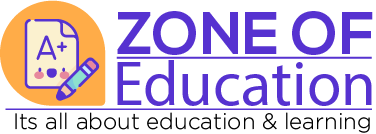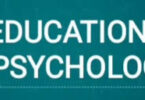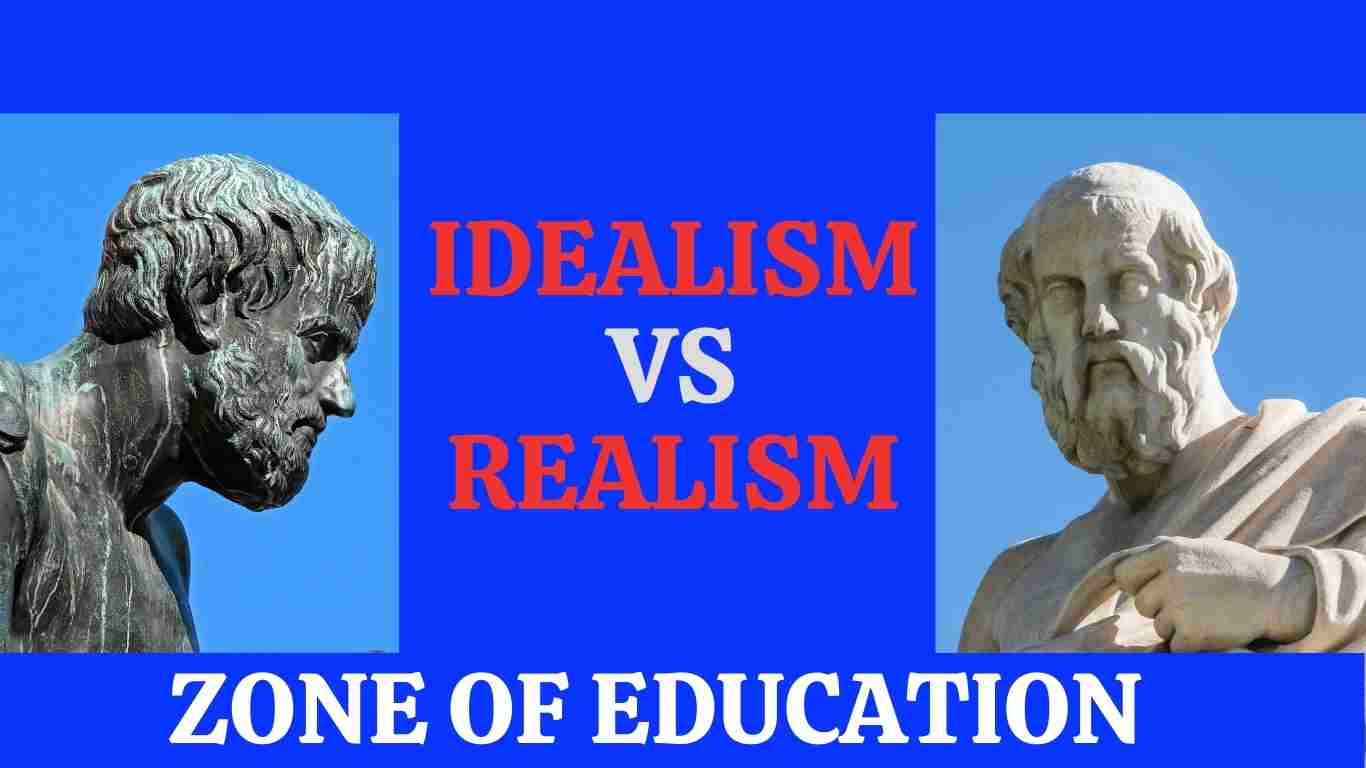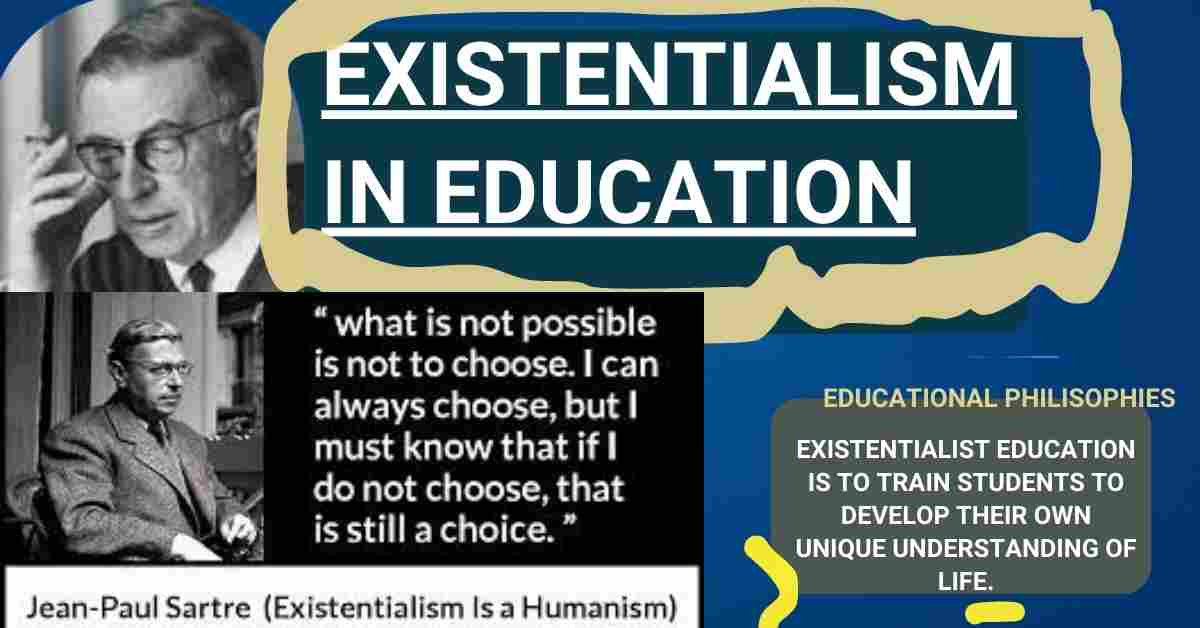Classroom management is a fundamental aspect of effective teaching, encompassing the strategies and techniques educators employ to create a positive and productive learning environment. Different classroom management styles reflect varying philosophies and approaches to student behavior and discipline. In this comprehensive article, we will delve into the four primary classroom management styles: authoritarian, authoritative, permissive, and indulgent. By examining the characteristics, advantages, and drawbacks of each style, educators can better understand how to cultivate an environment that fosters student engagement, learning, and development.
| Feature | Authoritative | Authoritarian | Permissive | Indulgent |
|---|---|---|---|---|
| Emphasis | Balance | Control | Freedom | Care |
| Teacher Role | Guide | Dictator | Facilitator | Supportive Friend |
| Student Role | Active Participant | Follower | Independent Learner | Free Individual |
| Expectations | Clear and consistent | Clear and strict | Minimal or unclear | Unclear or inconsistently enforced |
| Consequences | Clear and consistent, focused on positive reinforcement | Strict and punitive | Rarely used or inconsistent | Rarely used |
| Classroom Environment | Structured & Engaging | Structured & Controlled | Unstructured & Uncontrolled | Unstructured & Unpredictable |
| Potential Benefits | Promotes learning & growth, fosters socio-emotional development | Improved classroom control, may focus on basic skills | Increased student freedom, reduced student stress | Positive student-teacher relationships, initial student engagement |
| Potential Drawbacks | May require more effort from the teacher, potential for student pushback | May hinder creativity & critical thinking, increase anxiety & stress | Disruption & disorder, limited academic achievement, hinder self-discipline | Lack of structure & order, hinders academic achievement & self-discipline, erodes teacher authority, inconsistent learning experience |
1. Authoritarian Classroom Management Style
The authoritarian classroom management style is characterized by strict control and adherence to rules, with the teacher assuming full authority over the classroom. In this approach, rules are enforced without much consideration for student input, and discipline is maintained through punishments and rewards. The primary focus is on obedience and compliance, with little room for negotiation or flexibility.
Advantages:
- Provides clear structure and expectations, which can help maintain order and discipline.
- May be effective in controlling disruptive behavior and minimizing distractions in the classroom.
- Establishes a sense of authority and respect for the teacher’s role in guiding and directing student behavior.
Drawbacks:
- Can stifle creativity and independent thinking by limiting student autonomy and expression.
- May foster resentment or disengagement among students who feel oppressed or unfairly treated.
- Relies heavily on extrinsic motivation (e.g., rewards and punishments) rather than intrinsic motivation, which may not promote long-term behavior change.
Critical Analysis of Authoritarian Classroom Management Style
The authoritarian classroom management style is characterized by a strong emphasis on teacher control and strict adherence to rules. While this approach can create a structured and orderly learning environment in the short term, it presents several potential drawbacks that necessitate careful consideration.
Key Characteristics:
- Teacher-centered instruction: The teacher plays a dominant role, dictating the pace, content, and activities of the classroom.
- Strict rules and expectations: Clear rules are established, often with harsh consequences for any deviation.
- Limited student autonomy: Students have minimal opportunities to make choices or participate actively in their learning.
- Emphasis on obedience and compliance: The focus is on students following instructions unquestioningly.
Potential Benefits:
- Improved classroom control: The structure and clear expectations can minimize disruptions and maintain order, potentially leading to a quieter learning environment.
- Focus on basic skills: The emphasis on compliance can ensure that students master essential foundational skills and knowledge.
- Efficient use of time: The teacher-centered approach can lead to efficient completion of tasks and coverage of curriculum material.
Potential Drawbacks:
- Stifling of creativity and critical thinking: The lack of student autonomy and focus on obedience can hinder the development of these essential skills.
- Reduced student engagement and motivation: Students may feel uninspired and disengaged due to the lack of choice and control over their learning.
- Limited development of social and emotional skills: The emphasis on individual compliance can hinder opportunities for collaborative learning and communication skills development.
- Increased anxiety and stress: Students may experience anxiety and stress due to the fear of punishment and the pressure to conform.
2. Authoritative Classroom Management Style
The authoritative classroom management style strikes a balance between structure and flexibility, emphasizing open communication, mutual respect, and collaboration between teachers and students. In this approach, teachers establish clear rules and expectations but also encourage student participation and input. Rather than simply enforcing rules, teachers provide guidance and support, fostering a sense of empowerment and autonomy among students.
Advantages:
- Promotes a positive and inclusive classroom climate where students feel valued and respected.
- Encourages critical thinking, problem-solving, and independent decision-making skills.
- Supports the development of intrinsic motivation by emphasizing the importance of learning for its own sake.
Drawbacks:
- It requires a significant investment of time and effort in building relationships and maintaining open communication with students.
- It may be challenging to implement consistently, especially in classrooms with diverse student populations or challenging behavior.
- Requires a balance between firmness and flexibility, which may be difficult to achieve for some educators.
The authoritative classroom management style sits at the intersection of structure and student agency, fostering a balanced learning environment conducive to both order and growth. It stands in contrast to the authoritarian approach, which prioritizes control, and the permissive approach, which lacks clear expectations.
Key Characteristics:
- Clear expectations and routines: Defined rules and procedures provide a framework for students, fostering a sense of security and predictability.
- Positive reinforcement and relationship building: Fostering positive connections with students strengthens trust and respect, creating a fertile ground for learning.
- Differentiation and engagement: Recognizing diverse learning styles and needs, educators employ strategies to ensure all students are actively engaged in learning.
Benefits:
- Enhanced academic achievement: A well-managed classroom fosters focus and engagement, leading to improved academic performance.
- Socio-emotional development: Students learn valuable collaboration, communication, and conflict resolution skills, equipping them for life beyond the classroom.
- Positive school climate: A well-run classroom contributes to a supportive and nurturing school environment, benefiting all stakeholders.
Implementation Strategies:
- Develop clear and consistent expectations: Collaborate with students to establish clear expectations and revisit them regularly.
- Employ positive reinforcement: Actively acknowledge and reward desired behaviors, fostering intrinsic motivation.
- Incorporate student voice: Encourage student participation in decision-making, fostering a sense of ownership and responsibility.
- Embrace differentiation: Utilize diverse instructional strategies to cater to individual learning styles and needs.
- Maintain clear communication: Communicate expectations and consequences clearly and consistently.
Comparison to Authoritarian and Permissive Styles:
| Aspect | Authoritative | Authoritarian | Permissive |
|---|---|---|---|
| Teacher Role | Guide | Dictator | Facilitator |
| Student Role | Active Participant | Follower | Independent Learner |
| Classroom Environment | Structured & Engaging | Structured & Controlled | Unstructured & Uncontrolled |
| Overall Effectiveness | Promotes learning & growth | May hinder creativity & critical thinking | May hinder achievement & order |
The authoritative classroom management style offers a balanced approach that prioritizes both effective instruction and student development. By establishing clear expectations, fostering positive relationships, and creating opportunities for student agency, educators can cultivate a thriving learning environment where all students can reach their full potential.
3. Permissive Classroom Management Style
The permissive classroom management style is characterized by a hands-off approach, where teachers grant students a high degree of freedom and autonomy. Rules and expectations may be less rigid or more flexible, allowing students to explore and express themselves independently. This approach prioritizes student autonomy and creativity, encouraging self-directed learning and exploration.
Advantages:
- Fosters a sense of independence, responsibility, and self-reliance among students.
- Promotes creativity, innovation, and individual expression in the learning process.
- Encourages a positive and supportive relationship between teachers and students, based on trust and mutual respect.
Drawbacks:
- This may lead to a lack of structure and discipline in the classroom, resulting in disruptions and distractions.
- It can be challenging to maintain control and manage student behavior without clear boundaries and expectations.
- May not adequately prepare students for the realities of academic or professional settings where rules and guidelines are more stringent.
Permissive Classroom Management Style: A Hands-Off Approach with Potential Pitfalls
The permissive classroom management style stands in stark contrast to the authoritative and authoritarian approaches. It is characterized by a high degree of student freedom and a relaxed approach to rules and expectations. While this style may seem appealing due to its apparent lack of rigidity, it often leads to unintended consequences that negatively impact the learning environment.
Key Characteristics:
- Minimal or unclear expectations: Clear rules and routines are often absent or inconsistently enforced, creating uncertainty and confusion for students.
- Limited teacher intervention: Teachers adopt a hands-off approach, allowing students significant autonomy even when disruptions or undesirable behavior occur.
- Focus on student enjoyment: The primary goal is for students to enjoy the learning process, often at the expense of academic rigor or structured learning experiences.
Potential Benefits:
- Increased student freedom and autonomy: Students may feel less restricted and more in control of their learning experiences.
- Reduced student anxiety and stress: The relaxed atmosphere may create a less stressful environment for some students.
Significant Drawbacks:
- Disruption and disorder: The lack of clear expectations and consistent enforcement can lead to frequent disruptions, hindering learning for all students.
- Limited academic achievement: The unstructured environment and lack of guidance can hinder students’ ability to develop essential skills and knowledge.
- Impeded development of self-discipline and responsibility: Without clear expectations and consequences, students may struggle to develop essential life skills.
- Frustration and confusion: The lack of structure and guidance can leave students feeling lost and unsure of what is expected of them.
Alternative Approaches:
- Authoritative: This style establishes clear expectations and utilizes positive reinforcement to create a balanced and engaging classroom environment.
- Democratic: This approach encourages student participation in decision-making and classroom governance, fostering ownership of learning and developing responsibility.
Choosing an Effective Style:
The optimal classroom management style depends on various factors, including age group, subject matter, and school culture. However, it is crucial to prioritize structure and guidance while fostering a supportive and engaging learning environment.
While a permissive classroom management style may appear attractive due to its focus on student freedom, it often leads to chaos and hinders learning. Educators seeking to create a thriving and productive learning environment should consider alternative approaches that balance student agency with clear expectations, effective instruction, and positive reinforcement.
4. Indulgent Classroom Management Style
The indulgent classroom management style is similar to the permissive style but tends to exhibit even fewer boundaries and structures. In this approach, teachers prioritize building positive relationships with students over enforcing rules and discipline. The focus is on creating a comfortable and supportive learning environment where students feel valued and appreciated.
Advantages:
- Cultivates a strong sense of trust and rapport between teachers and students, fostering a supportive and inclusive classroom culture.
- Promotes a positive emotional climate where students feel safe to express themselves and take risks in their learning.
- Recognizes the individual needs and preferences of students, allowing for personalized and differentiated instruction.
Drawbacks:
- This may result in a lack of accountability and responsibility among students, leading to a decline in academic performance and motivation.
- Can create a chaotic and unpredictable learning environment, making it difficult to maintain focus and engagement.
- May reinforce negative behavior patterns or attitudes if consequences are not consistently enforced.
Effective classroom management is essential for creating a conducive learning environment that promotes student engagement, participation, and academic success. While each classroom management style has its advantages and drawbacks, the key is to find a balance that meets the unique needs of students while maintaining order and discipline. The authoritative style, which combines clear expectations with open communication and flexibility, is often considered the most effective in promoting positive behavior and academic achievement. However, educators must be mindful of the individual characteristics and dynamics of their classrooms and adapt their approach accordingly. By employing strategies that prioritize student autonomy, collaboration, and respect, teachers can create a supportive and empowering learning environment that fosters student growth and development.
Indulgent Classroom Management: Balancing Care with Control
The indulgent classroom management style takes a unique approach, characterized by high teacher involvement but low emphasis on control and strict adherence to rules. While motivated by a genuine desire to care for and connect with students, this style can pose several challenges to fostering a productive learning environment.
Key Features:
- High teacher-student interaction: Teachers prioritize building positive relationships with students, often going to great lengths to connect with and understand their needs.
- Emphasis on student happiness and well-being: The primary focus is on creating a comfortable and enjoyable learning environment, prioritizing student preferences over structure and expectations.
- Limited boundaries and consequences: Rules may be unclear or inconsistently enforced, with teachers hesitant to impose restrictions or consequences for fear of upsetting students.
Potential Benefits:
- Positive student-teacher relationships: The emphasis on connection can foster a sense of trust and belonging for students.
- Increased student engagement: Students may initially feel drawn to a less restrictive environment.
Significant Drawbacks:
- Lack of structure and order: The absence of clear expectations and boundaries can create a chaotic and unpredictable learning environment.
- Hinders the development of self-discipline and responsibility: Without consistent expectations and consequences, students may struggle to develop crucial life skills.
- Erosion of teacher authority: Overly lenient approaches can make it difficult for teachers to maintain respect and enforce necessary rules when needed.
- Inconsistent learning experience: The lack of structure can lead to inconsistent learning outcomes and hinder academic achievement.
Comparison to Other Styles:
| Aspect | Indulgent | Authoritative | Permissive |
|---|---|---|---|
| Teacher Role | Supportive Friend | Guide | Facilitator |
| Student Role | Free Individual | Active Participant | Independent Learner |
| Classroom Environment | Unstructured & Unpredictable | Structured & Engaging | Unstructured & Uncontrolled |
| Teacher-Student Interaction | High | Balanced | Low |
Strategies for Effective Classroom Management styles
Effective teaching and learning are integral components of a successful educational experience. Educators employ various strategies to engage students, facilitate comprehension, and promote critical thinking skills. In this section, we will explore a range of strategies that educators can utilize to enhance teaching and learning outcomes.
1. Differentiated Instruction
Differentiated instruction is a teaching approach that recognizes and accommodates the diverse learning needs, interests, and abilities of students. Educators tailor their instruction to meet the individual needs of each student, providing multiple pathways for learning and assessment. This strategy involves varying instructional methods, materials, and assessments to accommodate different learning styles and preferences. By differentiating instruction, teachers can ensure that all students have access to meaningful learning experiences and opportunities for success.
2. Active Learning
Active learning involves engaging students in the learning process through hands-on activities, discussions, problem-solving tasks, and collaborative projects. Instead of passively receiving information, students actively participate in their learning, which enhances comprehension, retention, and critical thinking skills. Active learning strategies include group work, peer teaching, role-playing, simulations, and experiential learning opportunities. By encouraging active participation and involvement, educators can create dynamic and interactive learning environments that promote deeper understanding and engagement.
3. Inquiry-Based Learning
Inquiry-based learning is a student-centered approach that emphasizes inquiry, exploration, and discovery. Instead of simply providing answers, educators pose questions and problems that encourage students to investigate, analyze, and draw their own conclusions. This approach fosters curiosity, critical thinking, and problem-solving skills, as students actively engage in the process of inquiry and discovery. Inquiry-based learning can take many forms, including research projects, experiments, case studies, and Socratic discussions. By promoting inquiry-based learning, educators empower students to become independent learners who can think critically and creatively about complex issues.
4. Technology Integration
Technology integration involves incorporating digital tools, resources, and platforms into the teaching and learning process to enhance engagement, collaboration, and communication. Educators can use technology to deliver content in interactive and multimedia formats, facilitate online discussions and collaborations, provide immediate feedback through formative assessment tools, and personalize learning experiences through adaptive learning technologies. Technology integration can also expand access to educational resources and opportunities, allowing students to explore new topics and ideas beyond the traditional classroom setting.
5. Formative Assessment
Formative assessment is an ongoing process of gathering feedback and monitoring student progress throughout the learning process. Educators use formative assessment techniques such as quizzes, polls, surveys, observations, and peer evaluations to gauge student understanding, identify areas of strength and weakness, and adjust instruction accordingly. By providing timely and specific feedback, formative assessment helps students identify their learning needs, set goals, and take ownership of their learning. This approach promotes a growth mindset and fosters continuous improvement and development.
6. Culturally Responsive Teaching
Culturally responsive teaching is an approach that recognizes and respects the cultural backgrounds, experiences, and perspectives of students. Educators strive to create inclusive and equitable learning environments where all students feel valued, respected, and represented. Culturally responsive teaching involves integrating diverse perspectives, experiences, and examples into the curriculum, using culturally relevant materials and resources, and fostering positive relationships and interactions among students from different cultural backgrounds. By embracing cultural diversity and promoting social justice, educators can create learning environments that empower students to succeed academically and socially.
Summary
Effective teaching and learning require a multifaceted approach that engages students, accommodates diverse learning needs, and promotes critical thinking and problem-solving skills. By employing strategies such as differentiated instruction, active learning, inquiry-based learning, technology integration, formative assessment, and culturally responsive teaching, educators can create dynamic and inclusive learning environments that foster student growth, development, and success. By continually refining their teaching practices and adapting to the evolving needs of students, educators can enhance teaching and learning outcomes and empower students to reach their full potential.








[…] Classroom management should accommodate the diversity of students by providing differentiated instruction and inclusive practices to cater to their individual needs and learning styles. To ensure that all students can participate and access the curriculum, teachers can incorporate various teaching methods, visual aids, and hands-on activities. […]
[…] Curriculum Design and Classroom Managment […]
[…] and organized space that fosters student involvement and cooperation. In this article, we will explore the importance of classroom management and provide strategies for effective […]
[…] Classroom management maintains discipline or control and creates a nurturing and inclusive place where students get support and feel motivated to learn. implementing effective strategies, teachers can cultivate a positive classroom culture that maximizes instructional time, minimizes disruptions, and enhances student achievement. […]
[…] Managing Time: Ensure students can explore complex concepts and engage in meaningful discussions. […]
[…] overall well-being, academic achievement, and social and emotional development. This article explores the various facets of classroom management and how they affect learning […]
[…] and maximize student learning outcomes. With time and experience, teachers can further refine their classroom management techniques to create a dynamic and successful learning environment for their […]
[…] then, the Key components of effective classroom management are explored, such as the classroom setup, establishment of rules and procedures, fostering positive […]
[…] the advent of technology, modern classroom management also incorporates digital tools to enhance learning, engage students, and manage classroom dynamics […]
[…] skills and expertise has made it a popular teaching method in modern times. This article will explore how Perennialism can be applied in the classroom and its potential benefits for […]
[…] Educational psychology helps teachers to impart the subject matter to the students effectively. The teacher requires mastery over the subject matter and command over methods of teaching to effectively communicate and manage students in a classroom. […]
[…] foundation of successful behavior management lies in creating a positive classroom environment. This section discusses some of the strategies that teachers can […]
[…] establishment of clear learning goals is vital for effective classroom management. Communicating these goals at the outset of each unit or class period is essential. It can be […]
[…] discipline in the classroom, is the basis for essentialist classroom management. Essentialist classroom management is based on making a structured learning environment where students can focus on learning the most […]